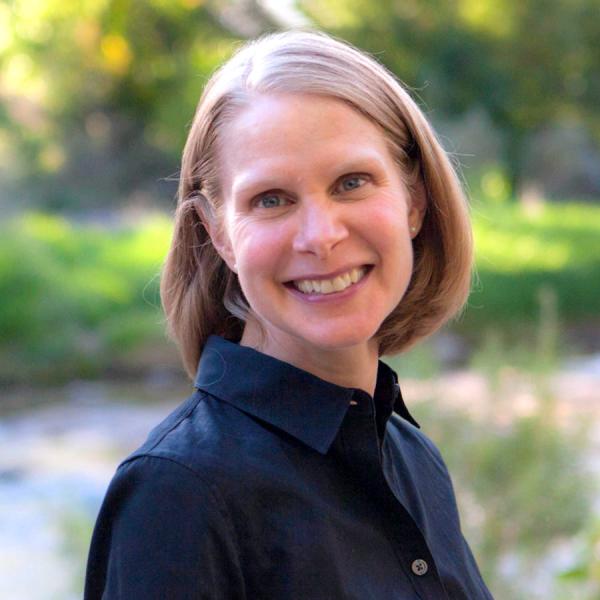Colorado Medical Homes Creating Healthy Connections
Health care in Colorado is experiencing its own version of a housing boom with a surge in the number of patient-centered medical homes.
More than two million Coloradans – 40 percent of the state’s population – are connected to medical homes, according to a new report released today by the Colorado Health Institute (CHI) and the Colorado Health Foundation. Nearly 200 practices in Colorado are recognized as patient-centered medical homes by the National Committee for Quality Assurance, compared with just 17 practices in 2012. And these numbers are likely to climb, as access to coordinated, integrated care expands in the state.
These are some of the findings in “Colorado Medical Homes: Creating Healthy Connections,” the latest in a series of Data Spotlights accompanying this year’s Colorado Health Report Card. The Health Report Card is an annual assessment from the Colorado Health Foundation that measures where the state is making progress and where grades need to be improved on issues like health insurance coverage, physical activity and mental health.
Every medical home is different, though they typically offer patients access to services such as behavioral and oral health, coordinated primary and specialty care and connections to community groups that offer essential non-medical assistance such as housing, food aid and transportation.
This new analysis is a first-of-its-kind look at medical homes in Colorado. It highlights public and private medical home initiatives, including the Colorado Multi-Payer Medical Home Pilot that tested the model. These efforts laid the foundation for later innovations such as the Medicaid Accountable Care Collaborative and the Comprehensive Primary Care Initiative that reaches Coloradans with public and private insurance.
CHI also visited medical home practices across the state to learn how this patient-centered idea plays out in reality. A section “On the Front Lines” describes the daily life of the following medical homes:
- The Colorado Adolescent Maternity Program (CAMP) clinic in Aurora, which serves as a medical home for young mothers and their children.
- High Plains Community Health Center in Lamar, which uses a team-based approach to deliver care to nearly 9,000 patients from the Eastern Plains counties of Prowers, Baca, Bent and Kiowa.
- The Northside Child Health Center in Montrose, a school-based health center at Northside Elementary School.
- Family Medicine Clinic in Littleton, a patient-centered medical home connected with Physician Health Partners.
- Rocky Mountain Youth Clinics, a medical home focusing on caring for children under the age of 21 at three clinics in the Denver metro area, four school-based health centers and three mobile units.
Medical homes have potential for improving health and lowering costs. But the model requires significant investments of time and money and any gains initially are likely to be modest, according to CHI’s analysis. The report highlights key findings from the medical home research and identifies potential health policy options to advance and improve the model.
Despite the impressive two million medical home patients, Colorado has more work to do. Data from the Colorado Health Report reveal that Colorado lags behind other states in connecting their residents to medical homes. Colorado ranks just 26th of 50 states for adults and 19th for seniors with regular medical providers. And it’s 35th in providing medical homes for children.
Still, momentum is strong and the state is well on its way to creating the healthy connections offered through medical homes for all Coloradans.

